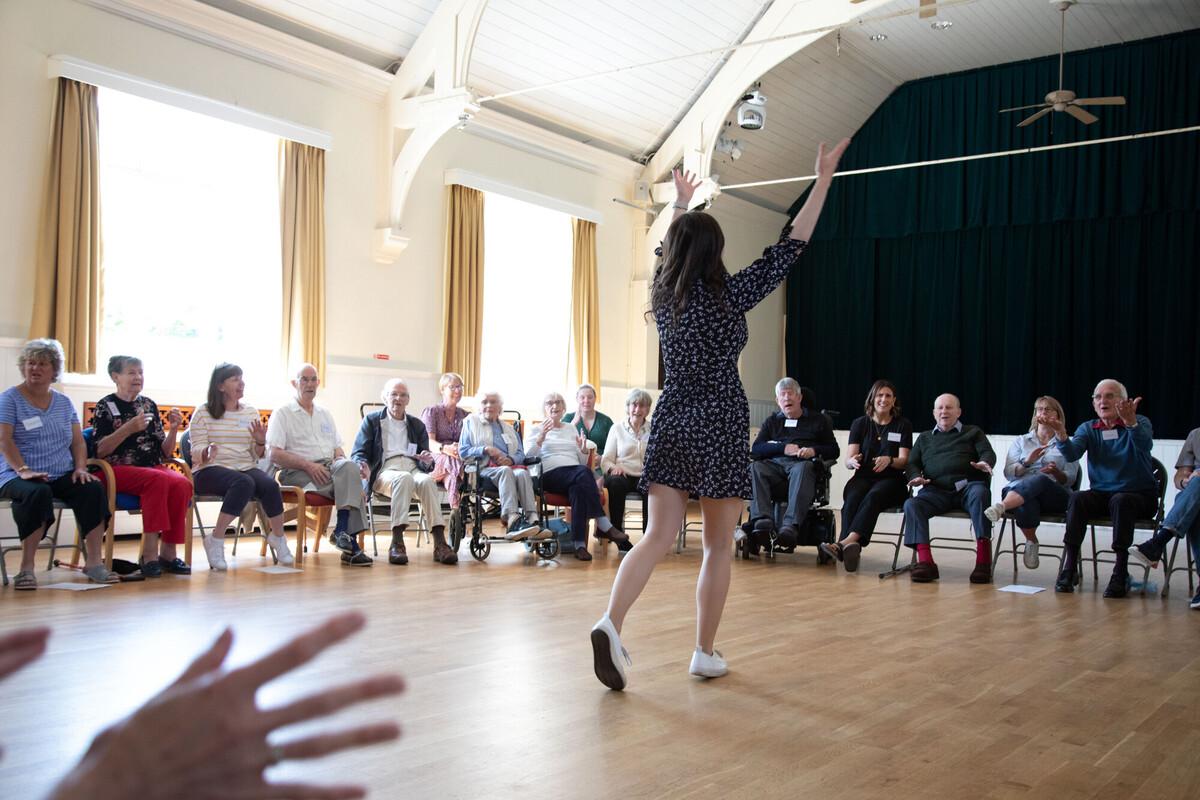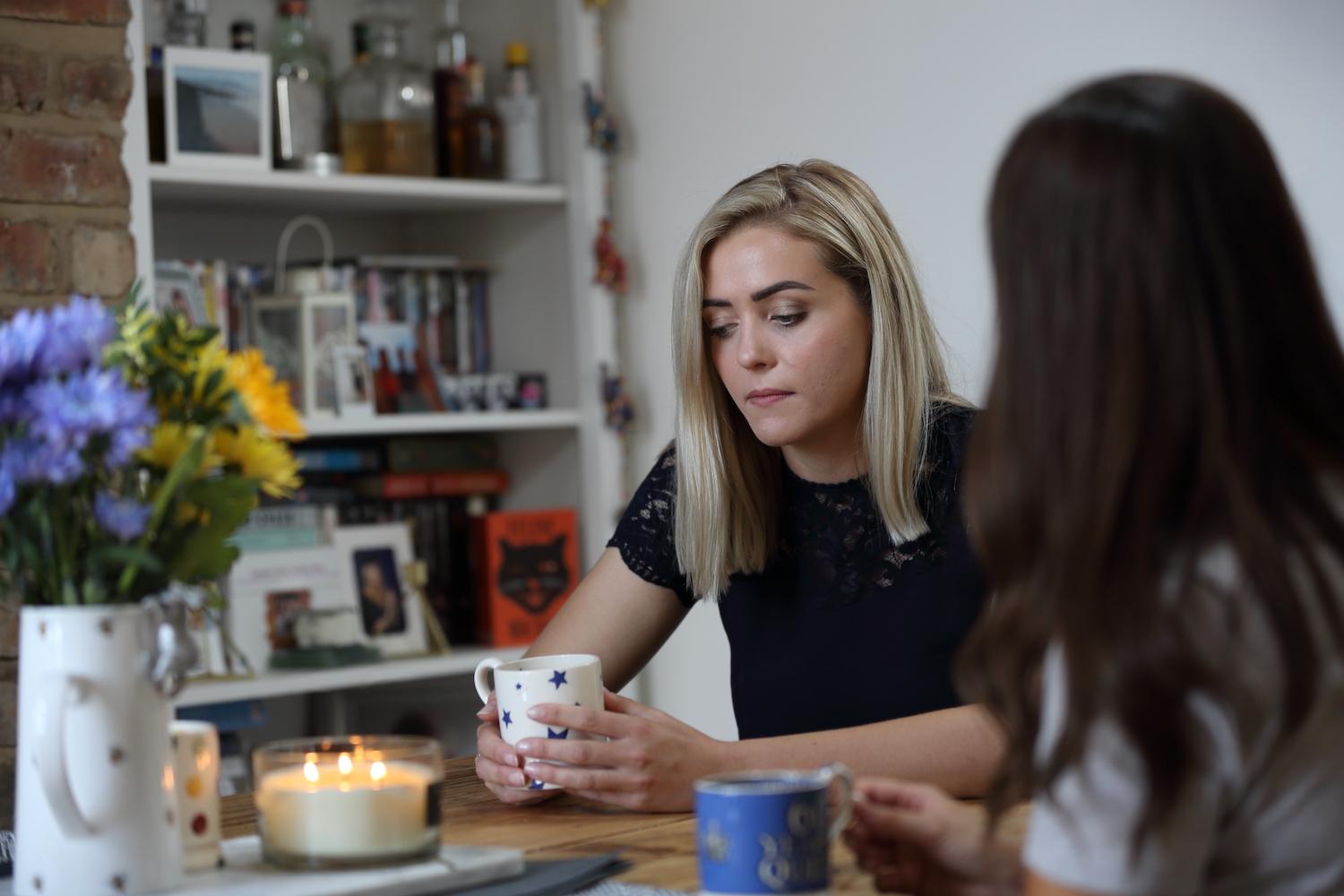After your stroke, if you find some daily tasks at home have become more difficult, you may benefit from home adaptations.
Making changes and adaptations at home can help with:
- The ongoing effects of your stroke.
- Your level of independence.
- The safety and accessibility of your home.
In this blog, we're going to cover getting around your house safely and gadgets that can help if you are struggling with dexterity.
As always, we recommend you seek advice from your GP, physiotherapist or occupational therapist. They can provide the best advice for your situation.
If you are interested in tools to make using a computer or tablet easier, we have another blog from AbilityNet that you might find helpful. You can find it here.
Home adaptations and aids
If you think you may need to make some changes around your home, the first step is to think about your needs and wishes.
You may have already received recommendations for equipment or home alterations in your care and support plan.
These kinds of adaptations can help you get around your home more comfortably and safely. They can also make a big difference in your confidence and independence.
In the below video, Colin talks about some of the smaller adaptations and equipment he added to his bathroom.
Some people may need to make bigger changes to their home. These can include new bathrooms or kitchens.
In the next video, Angela and Angelina talk about some of the changes that they made in their homes.
You can also find out more in our 'Accommodation after stroke' guide.
Paying for adaptations
You could get equipment and minor adaptations to your home, costing up to £1,000, free of charge through your council. Large adaptations, including widening door frames or installing a stairlift, are often more costly.
If you are in England, Wales or Northern Ireland, you could apply for a Disabled Facilities Grant through your council. In Scotland, you can apply to your local authority’s Scheme of Assistance.
Gadgets to help with dexterity
Losing dexterity in your hands and fingers after a stroke can make everyday tasks more difficult. But there are adaptations and tools available to help you at home and assist your recovery.
In the below video, Colin shows you a Swedish chopping board that he uses to prepare food and open tins. By using this tool, he has been able to get back into cooking.
A loss of dexterity can impact more than just cooking. For example in this video, Steve talks about the cutlery and non-slip mats he found. These tools have made it easier for him to cut up and eat his food, without needing to rely on his wife.
In that video, you may also have seen John talk about the importance of a shoe horn for him. Other dressing aids, like button hook, zip pullers and slip-on shoes, can be very useful if you have limited movement in your fingers.
As with the adaptions for your home, these kinds of gadgets can help you to live more confidently and with greater independence. Read our information page on equipment for independent living for more.
When using any adaption or aid, you may find yourself feeling embarrassed or angry that you can't do the things you used to. This is normal.
But with those feelings in mind, I will leave you with the words of Colin from the first video linked above.
"Don't be embarrassed, it'll help to improve your life."
Colin, stroke survivor
Other blogs in this category

Community, connection and coping - support for your mental health after stroke
Having stroke can impact on your daily life, relationships, and…
Learn more

Feelings of grief after a stroke
The process of coming to terms with a stroke diagnosis can be…
Learn more
